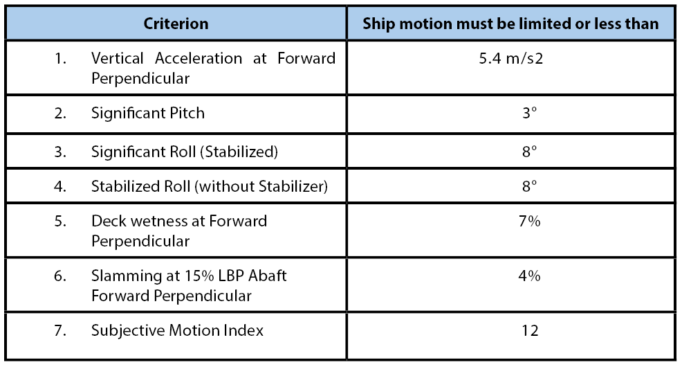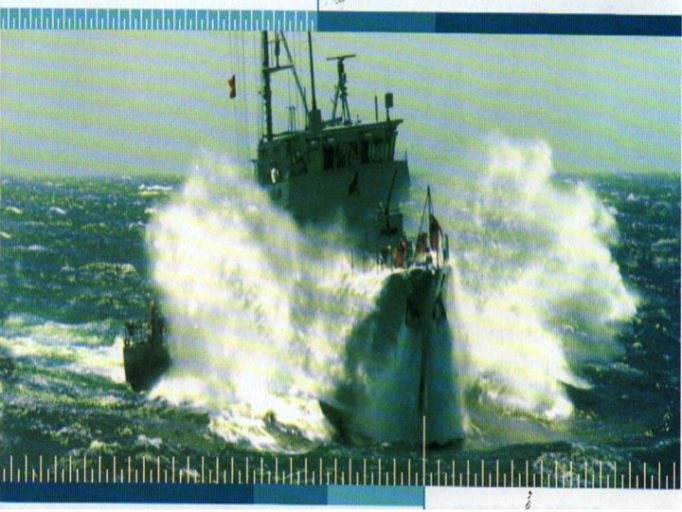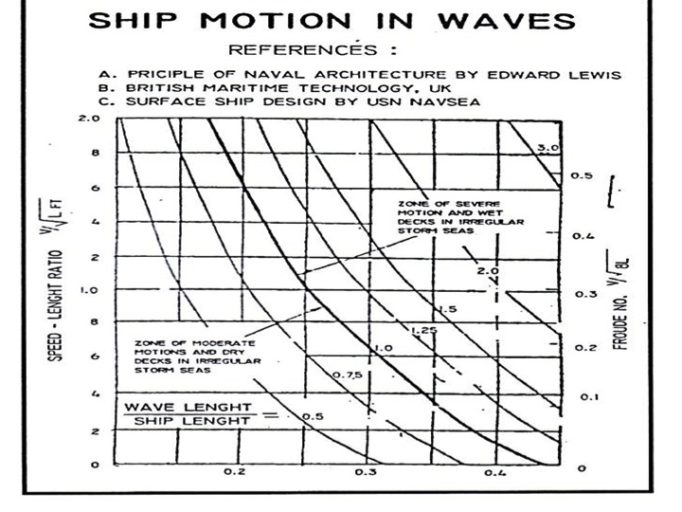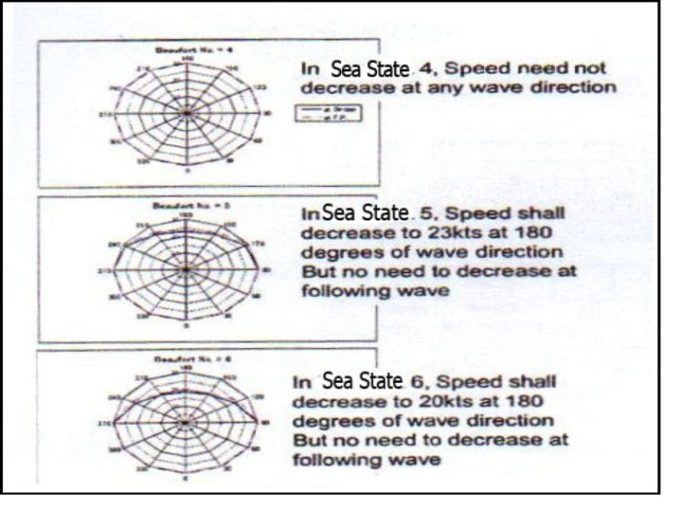INTRODUCTION
This article was derived from the World Meteorological Organization Wave Statistics on various sea areas within Philippine Maritime Jurisdiction. It provides information on prevailing sea state conditions that can serve as valuable tools of information for naval operation of surface ships and submarines.
Philippine Sea Areas of Responsibility Wave Environment The Philippines lies on the boundary between “Global Wave Statistics” Area 40 (105-120o E, 10-30oN) and Area 52 (120-150oE, 10-20oN). In these two areas, significant wave heights exceed 4 meters less than 11% of the time. Therefore, the operability of the 40 m patrol boat as an example will hardly be affected by the weather.
The probability of Sea State Condition 6 exceeding 4 meters of height will happen in the Philippines Sea Area of Responsibilities (AOR) presented in Table 1.
A submarine operating at the surface of the sea while charging batteries is also affected by the sea condition.
However, when the submarine dives 25 feet below the surface of the sea, it will not be affected by the sea condition.
Table 1

The definition of Sea Condition of fully arisen sea is presented in Table 2 (sea state condition, wave height, wave length, wave crossing time and distance of origin).
Definitions of Sea State Condition of Fully Arisen Sea (Ref: Jane’s Manual for High Speed Craft).
Table 2

Ideal Ship Motion Index (SMI) to avoid ship functionality degradation. Table 3 shows the limitations of SMI.
Table 3
Ship Motion Index (SMI)

Twelve criteria of Ship Motion that will degrade the Performance of the Crew and Ship Systems.
Table 4
Motions in Waves

Examples of Excessive Wetness of the Deck with Severe Pitching and Heaving Motion.

Fig. 3: Frequency of deck wetness (submergence of main deck forward) can be felt 540 times per hour.

Fig. 4
The length of a 40-meter waterline of Patrol boat as an example of operating at Sea State 6 wavelength is 58 meters; the ratio of wavelength / shiplength is projected in the diagram in Fig. 5.

Fig. 5
The wavelength is too high for the vessel to maintain good seakeeping. The size of 40 meters length waterline is insufficient and will encounter excessive functionality degradation under this sea condition (Sea State 6). The ideal size of Patrol boat should be at least 82 meters with a ratio of 0.70 (see ship motion diagram, Fig. 4 above).
Under Sea State 6, the wave crossing time or velocity is 7 seconds. This means the ship will encounter excessive pounding and slamming with the waves at 9 times per minute / 540 times per hour / 12960 times per 24 hours.

Fig. 6: Polar Performance Diagram of Surface Ship
NOTE: Maneuvering tank test result presented in the polar performance diagram at Sea State 6 denote vessels encountering head-on seas.
RECOMMENDATIONS
This article could be used as a guide for Naval Architects at the starting point of the selection of the ideal length of surface ship and submarine operation at the surface of the sea, in order to be compatible, and to minimize the effect of functionality degradation of the ship system prevailing in the Philippine Maritime Jurisdiction.
About the Researcher:
CAPT TOMAS D BAINO PN (Ret) completed his post-graduate studies in Submarine Design at the Department of Naval Architecture, University College of London, United Kingdom of Great Britain under hte sponsorship grant of UK Ministry of Defense.
Capt Baino is an associate editor of the Maritime Review providing series of articles in Naval Ship Design and presently serving as Naval Architect Consultant with the Department of Transportation and Philippine Coast Guard Project Management Office in ship acquisition.
REFERENCES/SOURCES:
- World Meteorological Organization Wave Statistics
- Definition of Sea State Condition of fully arisen sea – Jane’s High Speed Craft
- Yarrow Shipyard on Sea Keeping Analysis on OPV Proposal to the Philippine Navy.
- Modern Ship Design by Thomas Gilmer
- Principles of Naval Architecture by Edward Lewis
- Naval Defense Review Magazine
